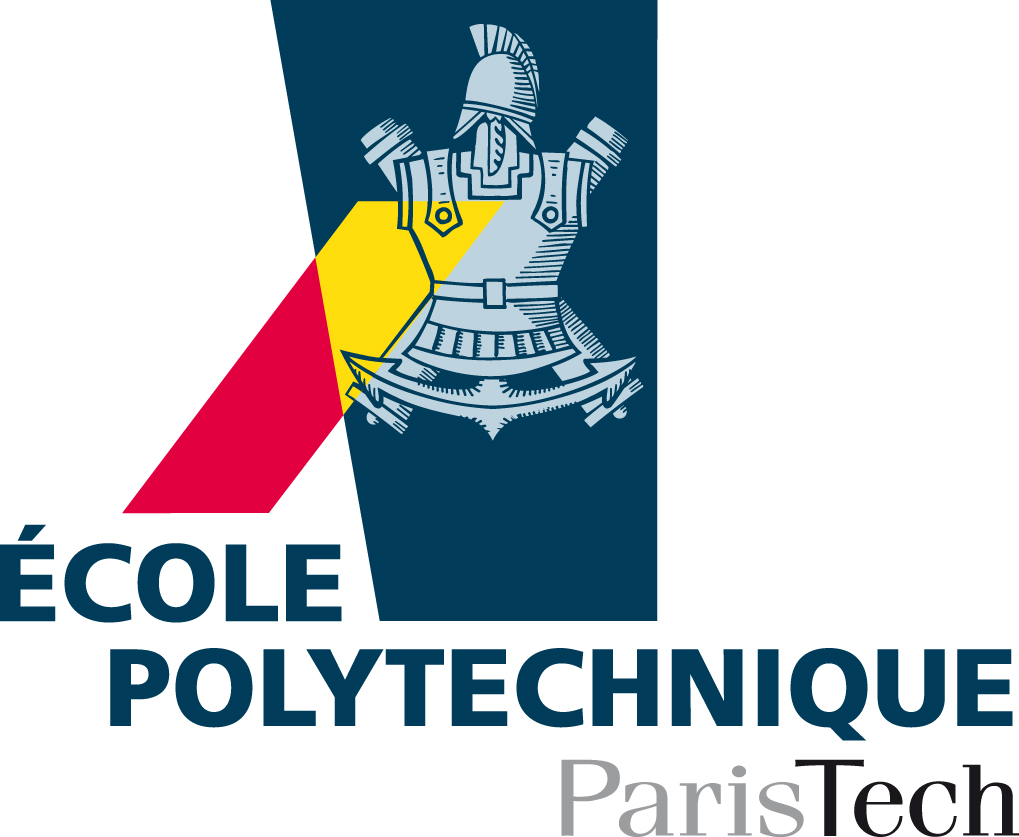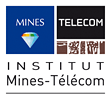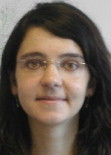 Christos Faloutsos
Christos Faloutsos
Carnegie Mellon University, USA

Keynote Speaker (via video conference)
Title: Large Graph Mining - Patterns, Explanations, and Cascade Analysis
Abstract: What do graphs look like? How do they evolve over time? How does influence/news/viruses propagate, over time? We present a long list of static and temporal laws, and some recent observations on real graphs. We show that fractals and self-similarity can explain several of the observed patterns, and we conclude with cascade analysis and a surprising result on virus propagation and immunization.













